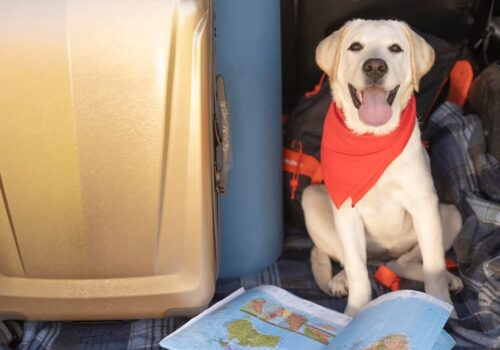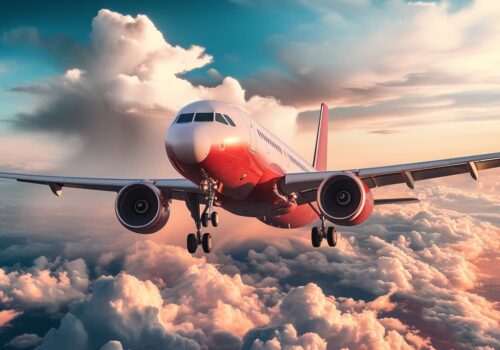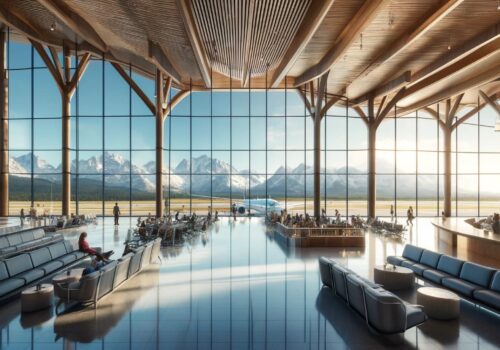The world’s smallest manned aircraft – Bumblebee
This airplane was built to set a world record. Robert Starr of Phoenix, Arizona, was known as the pilot and designer of the other two smallest planes holding the record since 1949. He was the only JR pilot in 1949 who could fly it without crashing, unlike his predecessors. He was involved in the build and as a pilot on the Sky Baby in 1954. In these projects, Starr gained experience and knowledge that enabled him to build even smaller planes: the Bumle Bee and Bumle Bee II were the result of his work 30 years later.
“The Bumble Bee” can easily fit into a “shell” garage – 2.7 m long, its wingspan is 1.68 m and weighs only 180 kg with a maximum takeoff weight of about 260. Despite the diminutive size and the engine only 85 “horses”, planeswalker turned pretty sharp – 305 km / h and very maneuverable. The height to which the striped biplane can climb – 4600 meters – impresses as well.
What kind of name is the Bumble Bee? From the point of view of modern science, a bumblebee should not fly, the same experts said about this plane. But apparently the Bumble bee and Bumble Bee II have never heard of this and so they flew. Robert Starr flew the Bumble Bee II several times and broke the world record in April 1988 at the age of 64. On the last flight of the Bumble Bee II, the engine stalled in flight. As a result, the Bumble Bee II was completely destroyed, the pilot himself only sustained minor injuries and soon recovered. He donated the Bumble Bee I to the Pima Air Museum in Tucson, Arizona.
Starr flew over 15,000 hours in a variety of types from the Piper Cub to the F-86 Sabre. He was a fighter pilot in World War II and flew P-40s and P-51s in the 14th Air Force Flying Tigers in China. He participated in most of the major air shows in the United States. Starr was also a test pilot for many experimental aircraft.
The Bumble Bee II is now listed in the Guinness Book of World Records as the smallest manned aircraft.




